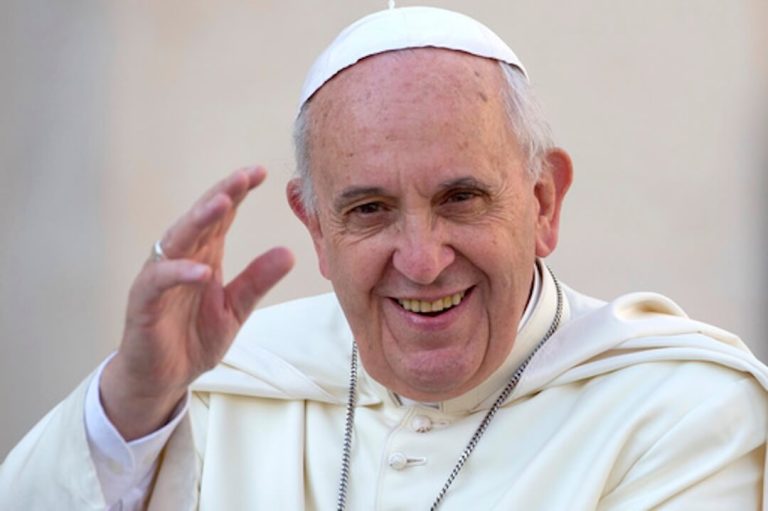Pope Francis, a Prophet Against Disinformation in the Digital Age
Pope Francis, who passed away at the age of 88, held a unique position in the fight against the proliferation of misinformation in the digital realm. Ironically, he was also frequently the subject of fabricated content. Years before the rise of AI-generated deepfakes, his image and words were manipulated and misused for political gain and clickbait. His 2018 message for World Communications Day, referencing the "snake tactics" of the Garden of Eden, proved remarkably prescient, warning of the "dire consequences" of even seemingly minor distortions of truth. He championed journalistic integrity and stressed the importance of critical thinking and discernment in navigating the online world. This call to action resonates even more powerfully today in an environment increasingly saturated with deceptive content.
The 2016 US Presidential election became a pivotal moment in the spread of "fake news," with Pope Francis becoming an unwitting participant. A fabricated story claiming his endorsement of Donald Trump spread rapidly across social media, demonstrating the ease with which misinformation could gain traction and influence public opinion. Similar incidents, involving false endorsements of Bernie Sanders and fabricated statements on various issues, further highlighted the vulnerability of public figures to online manipulation. These events underscored the need for greater vigilance and critical evaluation of information, particularly during crucial political periods.
The emergence of generative AI tools added a new dimension to the challenge of online misinformation. The creation and widespread circulation of an AI-generated image of Pope Francis in a stylish white puffer coat, while amusing to some, signaled a significant advancement in the potential for deception. The realistic yet fabricated image fooled many, emphasizing the potential for AI to generate convincingly false visual content. This incident served as a wake-up call, highlighting the growing sophistication of tools that could be used to manipulate public perception and the urgent need for strategies to counter such technologically advanced forms of misinformation.
The "fake pope" photo was a harbinger of a future where discerning real from fake becomes increasingly difficult. While the 2024 election did not see the widespread use of deepfakes that some feared, the incident served as a stark reminder of the potential for manipulation and the need for proactive measures to counter it. The rise of "fake news" in 2016 had already prompted platforms like Facebook (now Meta) to partner with fact-checking organizations to combat misinformation. However, the constantly evolving nature of online deception, from text-based falsehoods to manipulated images and AI-generated content, necessitates ongoing adaptation and innovation in verification and debunking efforts.
The evolution of fact-checking programs reflects the ongoing struggle against misinformation. Meta’s shift from third-party fact-checking to community-based notes systems, mirroring the model adopted by X (formerly Twitter), represents a significant change in approach. While community-based systems leverage the collective intelligence of users, they also raise concerns about potential biases and the effectiveness of volunteer moderation. Platforms like TikTok are exploring hybrid models, incorporating both professional fact-checkers and user-generated feedback. The effectiveness of these evolving strategies remains to be seen, and the ongoing battle against misinformation requires constant vigilance and adaptation.
Pope Francis’ 2018 message emphasized the crucial role of individuals in combating the spread of false information. He called for "a journalism of peace" and highlighted the importance of critical thinking, open dialogue, and a commitment to truth. His words resonate deeply in the current context, where the responsibility for discerning truth increasingly rests on the shoulders of individuals navigating the digital landscape. The fight against misinformation is not merely a technological challenge but a human one, requiring critical thinking, media literacy, and a collective commitment to truth-seeking. The future of information integrity depends on individuals embracing these values and actively participating in the creation of a more truthful and transparent online environment.


